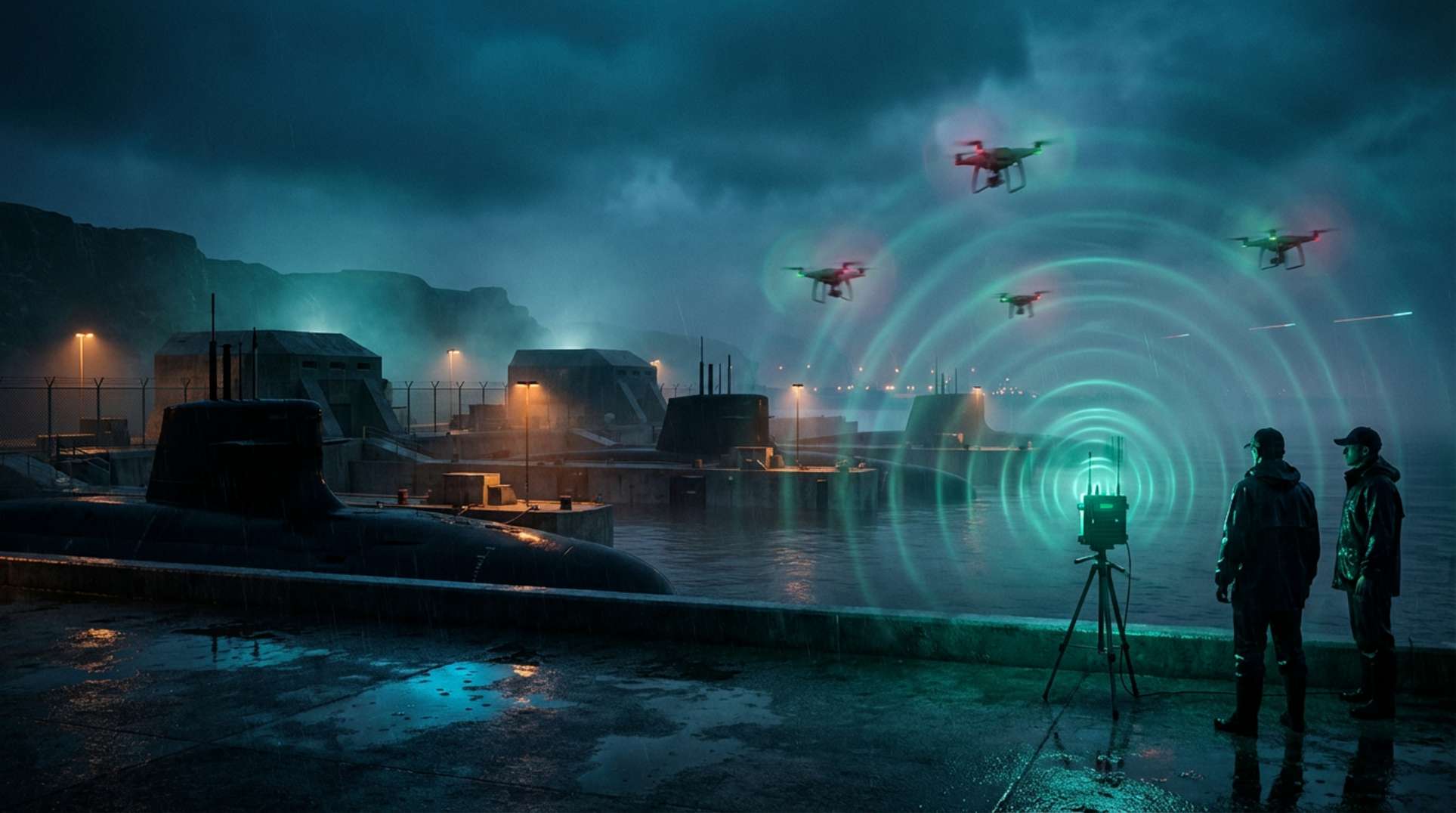If you thought invisibility cloaks belonged to fantasy, think again. In late 2024, Chinese engineers unveiled adaptive camouflage that advances chameleon-inspired technology into real-world military drones. This tech not only masks objects; it creates illusions instantly, transforming drones into flapping birds, shimmering fish, or disappearing specks against the sky. The concept echoes the slippery realities presented in simulation theory essays.
New Materials and the Rise of Optical Camouflage
The science behind China’s “chameleon” innovation relies on revolutionary materials. In December 2024, researchers at the University of Electronic Science and Technology in Chengdu announced a military-grade coating that rapidly changes color based on environmental light. According to The Intel Drop, the coating is dark, but upon light exposure, it shifts across a spectrum, mimicking local backgrounds. This self-adaptive tech draws upon donor-acceptor Stenhouse adducts and specialized organic dyes, as detailed by The Defense Post. Essentially, these substances create a mutable “skin” that enables military vehicles and uniforms to vanish or transform at will.
Analysts understand that beyond color, China’s adaptive camouflage affects sensors across various spectra. The field of multispectral camouflage, as explored by stealth technology research, allows drones to evade detection visually as well as via radar and infrared, resembling iconic programs like the U.S. B-2 Stealth Bomber. These advances necessitate a reevaluation of traditional deterrence and surveillance methods—the challenges addressed in next-gen U.S. military tech reporting.
Mimicry, Deception, and Illusion: Drones Disguised as Birds—or Nothing at All
A captivating aspect of this leap is that drones don’t simply disappear. They can mimic various life forms convincingly. In 2025, elite Chinese special forces showcased “bird drones” with flapping wings indistinguishable from Eurasian tree sparrows, as highlighted by Newsweek. These biomimetic platforms integrate into China’s “Pigeon” program, designed to deceive pilots, radar operators, and potentially AI-based sensor systems.
Military field reports support the biomimetic strategy: these drones blend into urban or rural landscapes by resembling region-specific animals. Their modular design facilitates rapid repairs and redeployment. This technology allows for animal illusions during reconnaissance, reverting to true stealth when necessary. As AS USA documents, these breakthroughs outperform earlier European biomimetic models and complicate detection protocols significantly.
Adaptive camouflage transcends gimmickry; it heralds a future where “illusion warfare” outpaces conventional wisdom. The debates on the destructive potential of new military tech are covered in analyses of global defense fusion and the psychological dimensions of modern survivalism.
Broadening the Battlefield: Multispectral Camouflage, Electronic Warfare, and the Human Factor
China’s advances profoundly impact military doctrine. With multispectral camouflage, drones evade more than the naked eye—they resist detection by radar, FLIR, and LIDAR. Consequently, traditional early-warning networks and missile targeting systems confront unprecedented challenges. Emerging research (see The Defense Post) shows testing for adaptive coatings in various applications, including reconnaissance and offensive strikes. The boundaries between reality and projection, as illustrated by the chameleon’s design, become literal tools of warfare—a notion echoing military deception themes in coverage of escalation strategies.
On the American side, R&D initiatives for countermeasures rely on AI-driven analytics and advanced signature detection. However, as highlighted in evidence-based disaster reporting, the public’s appetite for certainty and the limits of technological promises remain critical cultural and military flashpoints.
The Illusion Wars: Why This Tech Matters for Global Stealth and Defense
For U.S. and allied planners, China’s chameleon innovations pose urgent questions. If drones can morph or vanish at will, what do detection and deterrence mean? How do you defend against an enemy you can neither see nor confirm? Is it a drone, an animal, or an empty horizon? These issues transcend tactics; they probe the epistemological depths at the heart of intelligence and Unexplained.co’s ongoing reporting.
For those exploring deception technology, illusion systems, and advanced camouflage, the message is clear: upcoming battles will unfold in domains between reality, fiction, and what we can verify exists. For more on illusion warfare, examine archival footage of mystifying unknowns or the future of American power reflected in this field report. The playground of invisibility is open—and it’s not a game any longer.




